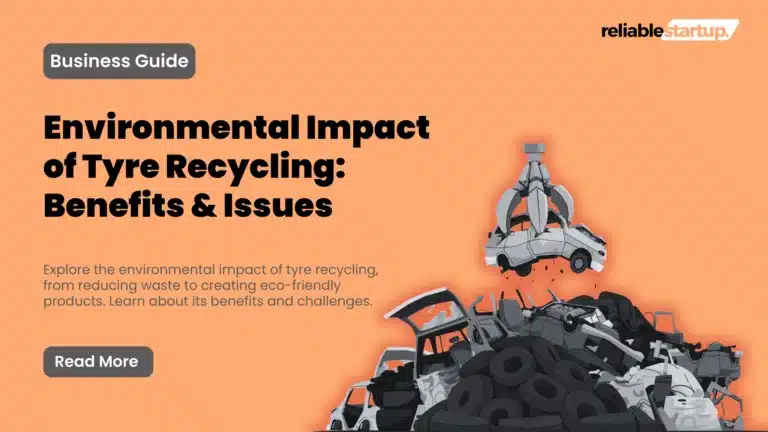How Tyre Recycling Reduces Carbon Footprint – Complete Guide
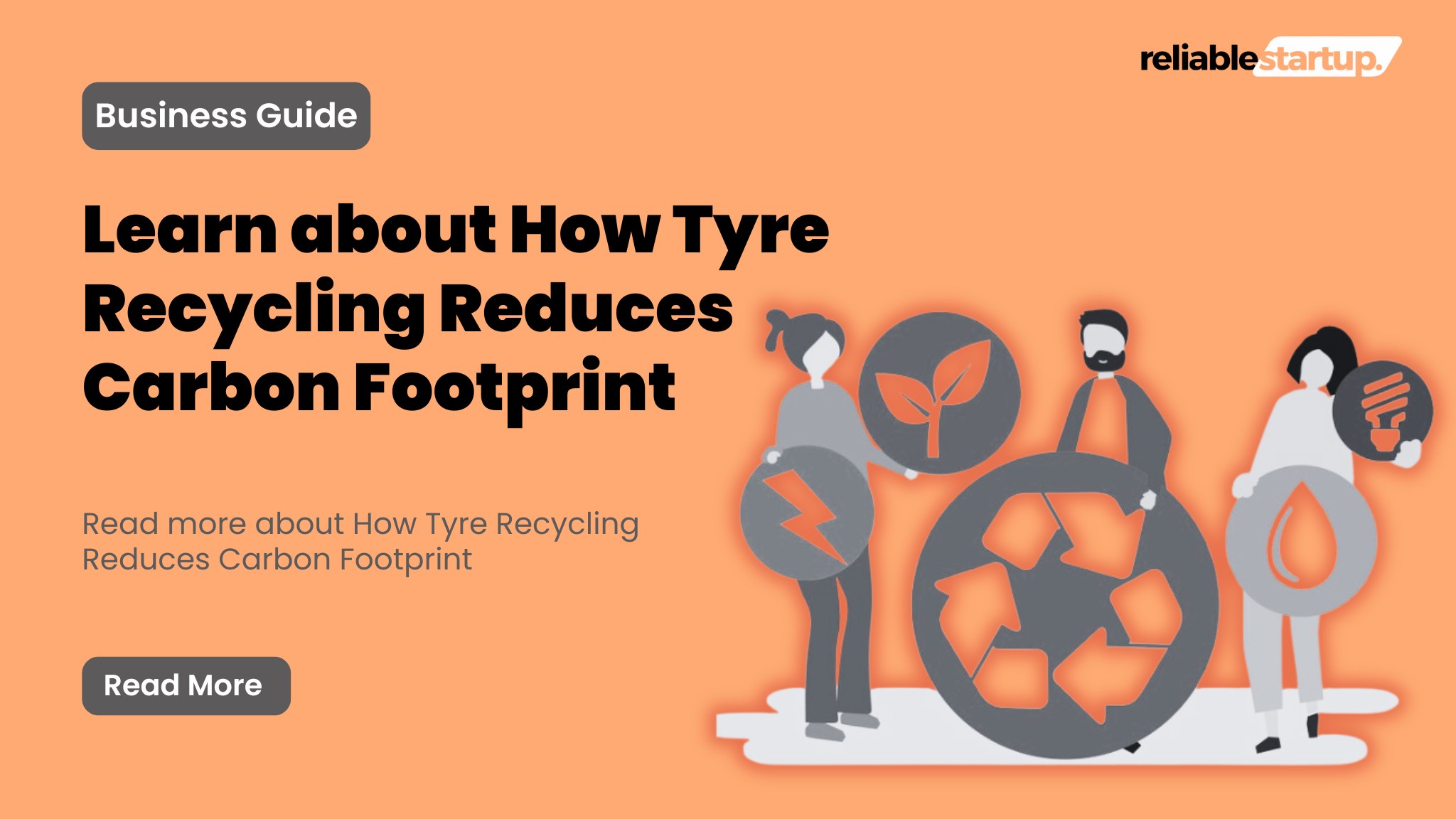
Do you know that, as science students, we are told about the use of carbon? But do you know how harmful effects it has?
Yes! One common environmental contaminant that has a significant effect on the environment is carbon. Carbon dioxide and carbon monoxide are the two types we know. We know it comes in two forms: carbon dioxide and carbon monoxide. These affect the air condition and result in air pollution that causes human diseases and even deaths.
But you know what studies say? Studies say that tyre recycling reduces the carbon footprints that can serve the goodness of humankind and, in fact, entire living beings. However, many of us don’t know how it works.
Worry not! This guide teaches you about how tyre recycling reduces carbon footprint. Read this blog carefully because it can help you run your business smoothly and help you meet your goals. So, stay here to know more!
How Tyre Recycling Reduces Carbon Footprint
Before you know the process, you need to know about the alternative used in the process, called Tyre Pyrolysis.
Do you know what tire pyrolysis is?
Pyrolysis is the method that is used to diminish the footprint of tires. In this process, the used tires go through extreme heat that is under control and oxygen-free setting, which results in the decomposition of waste material and changes it to a helpful product.
Now let’s see how it processes to reduce the carbon footprint:
Reducing Landfill and Incineration Emissions
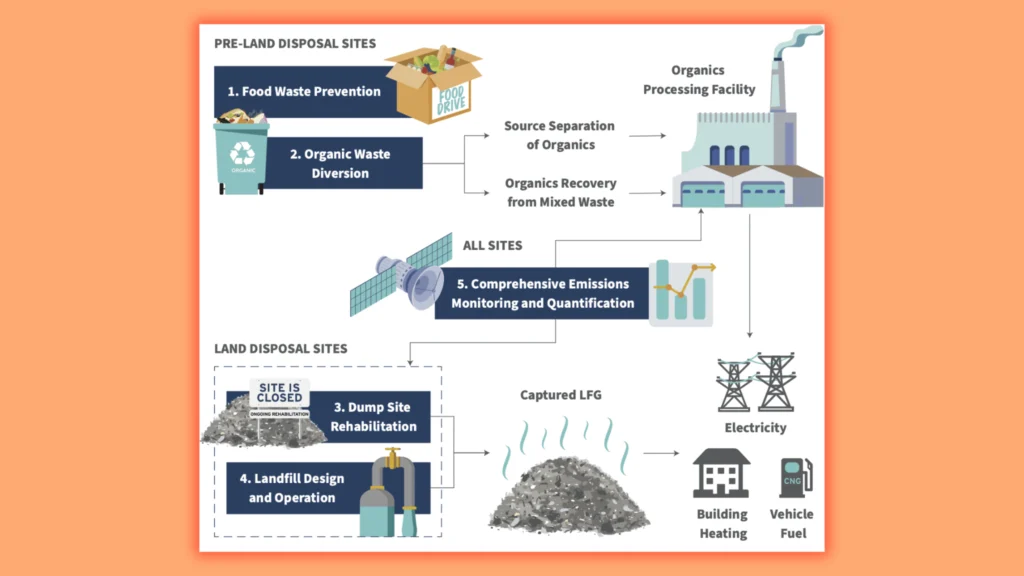
This alternative works to reduce the landfill and also offers incineration emissions. The environment becomes severe because we know how tires are used to dig deep in the land. This way, recycling helps the environment to be free from pollution.
The recycling process diverts the tires from landfills, which generates methane emissions. There is no doubt that this emission helps the environment fight against tire waste.
Additionally, this process promotes tire incineration, which releases CO2 and many other harmful materials. Moreover, it produces other gases that can be useful for different purposes.
Also, Read Profit Margins in the Tyre Recycling Business
Reproduction of Energy and Decrease in Carbon Intensity
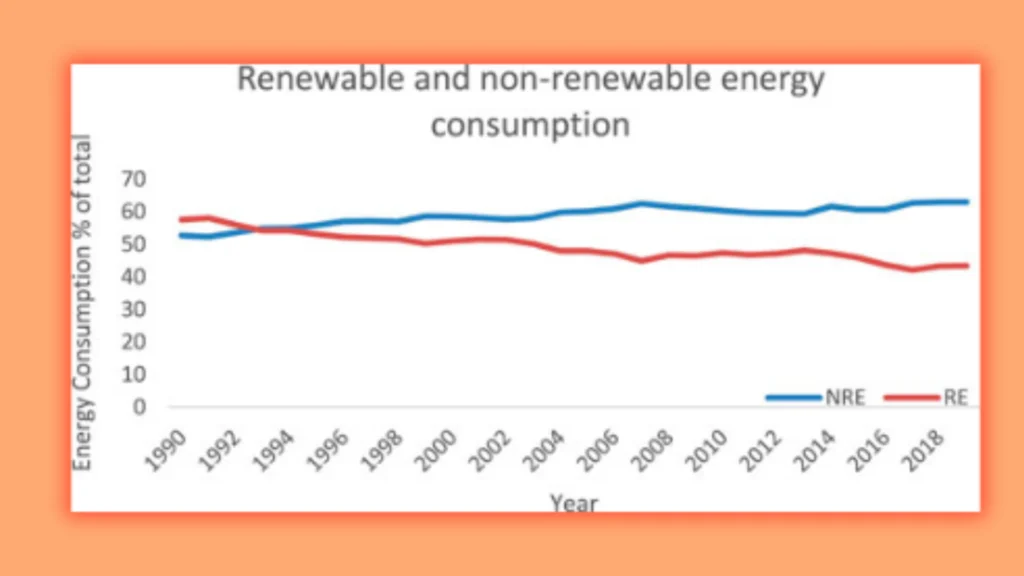
Gas and pyrolysis oil production and consumption are examples of energy sources that produce oil. The resulting oil is a liquid fuel that can replace petroleum-based fuels in industrial settings, even though the gas drives the pyrolysis process.
This energy recovery feature lowers the carbon intensity of industrial energy use by minimizing dependency on fossil fuels.
The carbon footprint of energy production is reduced using these pyrolysis byproducts instead of conventional fossil fuels.
Recycling Carbon Black and Reducing Raw Material Extraction
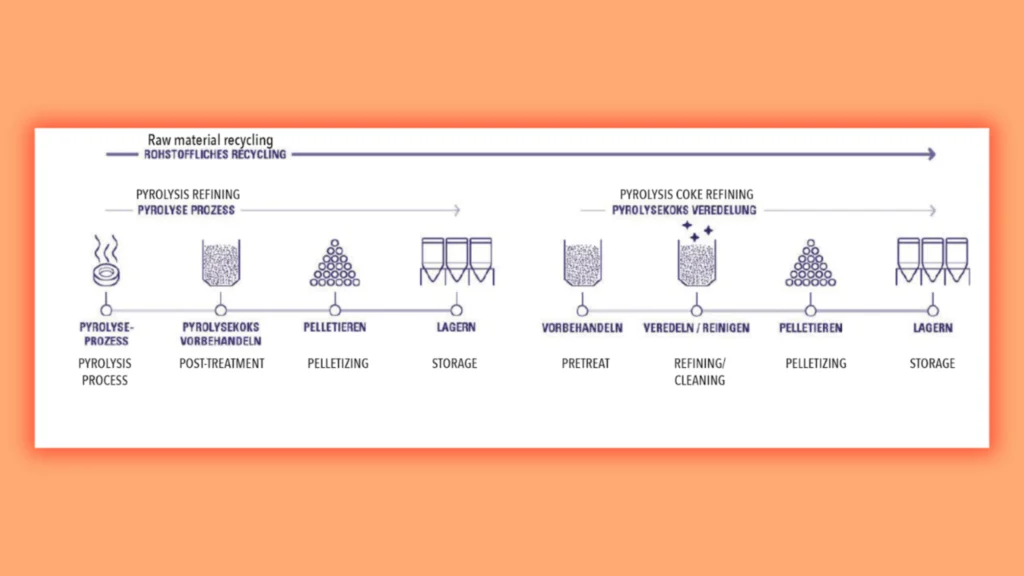
Carbon products are traditionally derived from petroleum, making new tires, rubber goods, and plastics. The production of fresh carbon black uses a lot of energy, resulting in the omission of CO2.
This is because recycling tires results in the production of carbon black. Carbon black is suitable for producing new tires since it is the same quality. The circular economy is increased by this closed-loop recycling system, which also helps to reduce the carbon footprint of tire manufacturing and disposal.
Discoveries of New Materials
It not only produces steel and carbon black but also works to generate other recyclable elements that are used in industry. The process helps you decrease the demand for raw steel and carbon emissions, offering the production of new products.
Recycling materials significantly decreases the need to collect new resources, which harms the environment.
Reducing the Carbon Impact of Producing New Tires
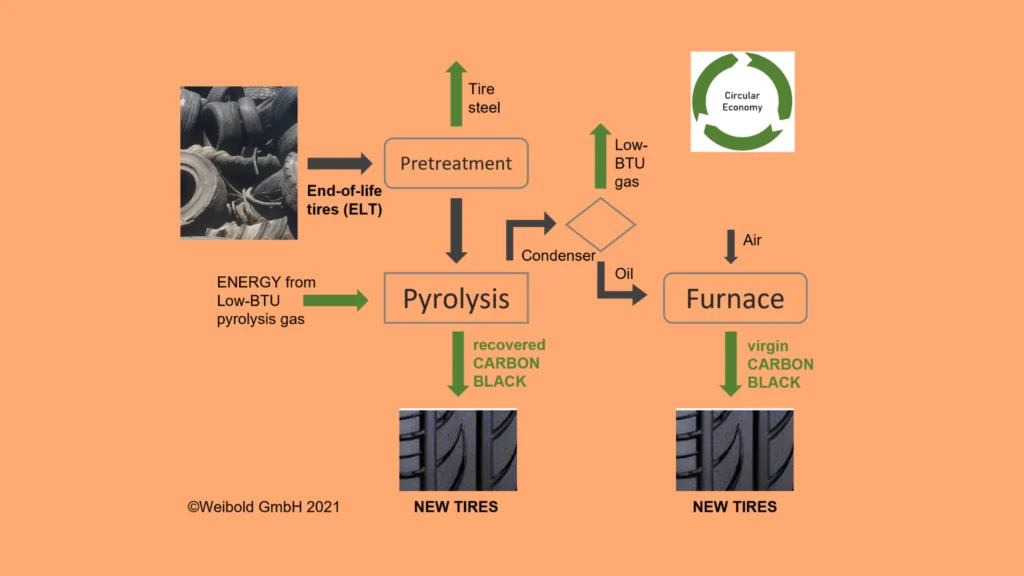
The tire industry’s energy-intensive production methods contribute considerably to global carbon emissions. You need many raw materials to produce the tires and pyrolysis generates those raw materials. This way, you can claim that it reduces the need for raw materials.
Learn more about the Environmental Impact of Tyre Recycling: Benefits & Issues
Challenges and Considerations
It has many advantages, but when you talk about its implementation abroad, you will have to face problems. The biggest challenge you will see is the investment; you need a considerable investment to invest in the process.
You will find the construction and maintenance of this system expensive, as well as technological improvements to enhance efficiency and lower expenses.
Furthermore, you must continuously research to get what you want from the method. You need to use technology to maintain the efficiency and sustainability of the tire recycling process.
Read more about Major Challenges in Tyre Recycling: Key Issues & Solutions
Conclusion
This detail of how tyre recycling reduces carbon footprint enhances your knowledge regarding the recycling business. You should work on it to protect the environment from pollution and harmful materials.
After this comprehensive guide, you will be fully aware of what to do and how to do it, and my team members can help you, too. Contact us for further details!
FAQs
Tell about why recycling tires is essential.
Because it makes the air free of environmental pollutants and generates many other products that can be used in different industries.
How can tires be recycled?
Rubber tire recycling often begins at the dealership when you bring your car in to get the old, worn-out tires replaced. Bring your tires to a household waste disposal site or a recycling business. However, there may be a limit on how many you take and may be charged.
What is the use of waste tires on the road?
This helps in the modification of bitumen, which is an important construction material for flexible road pavement. The rubber waste/crumb rubber-modified bitumen shows better properties for road construction.


